ALPACA LOVER
HUACAYA
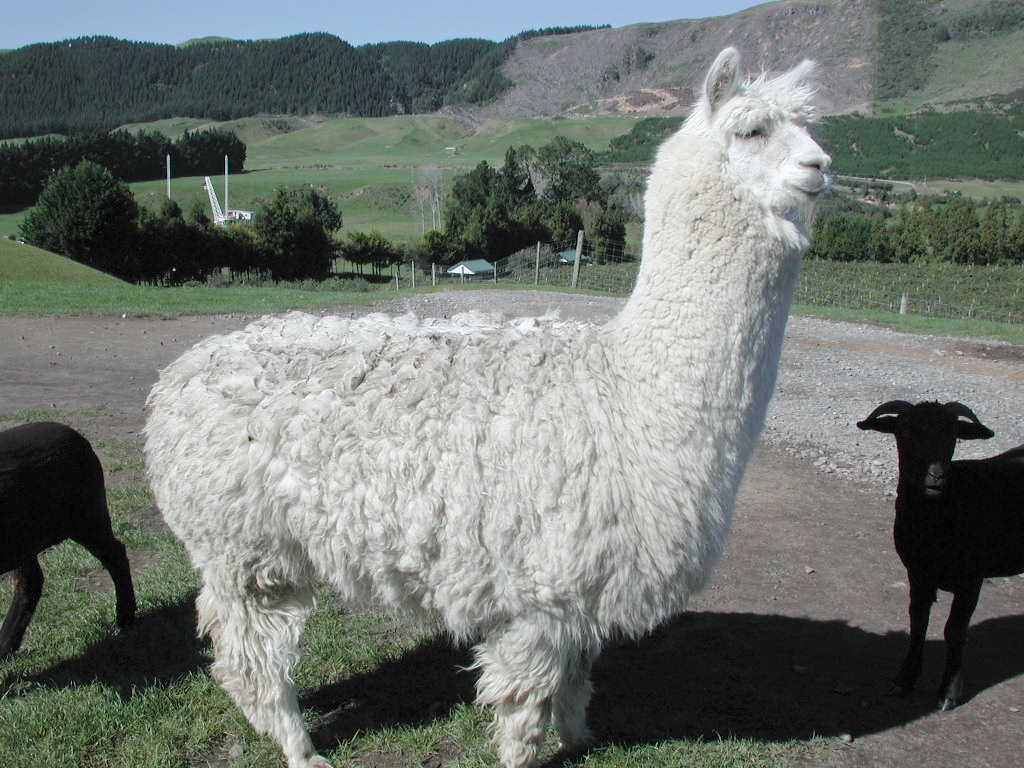
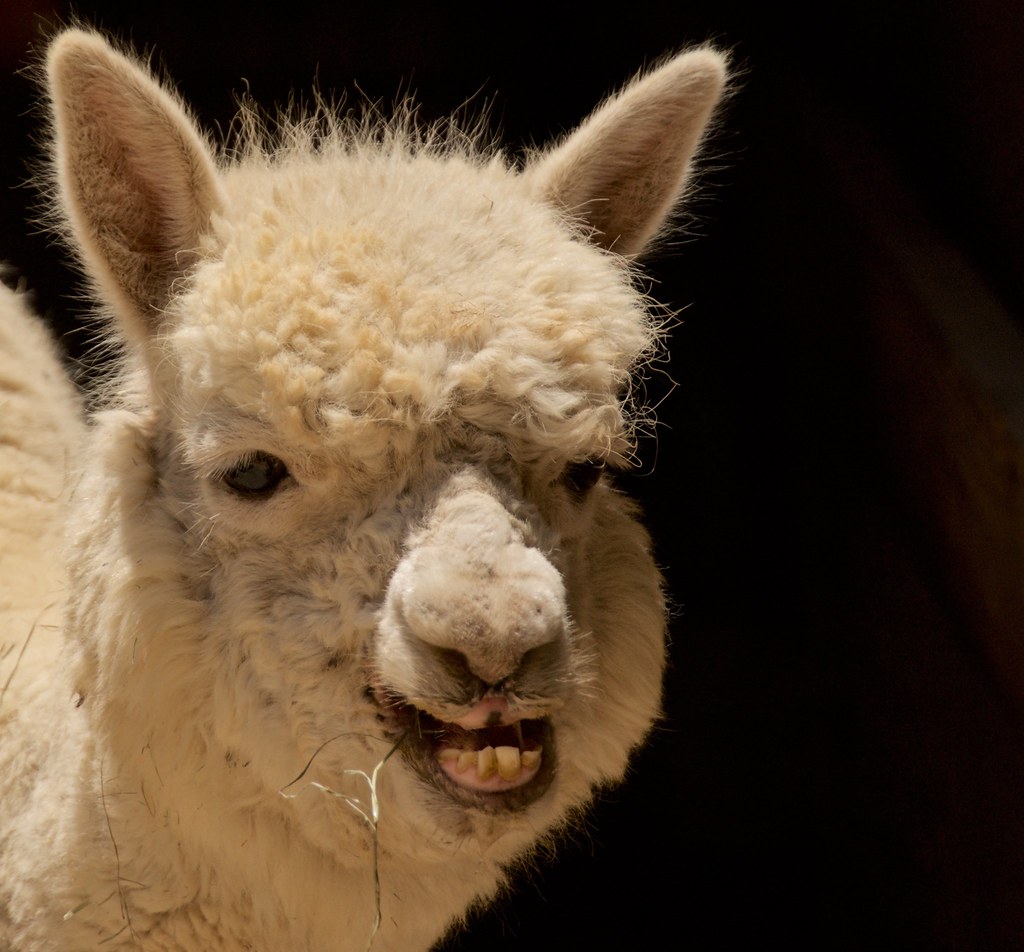
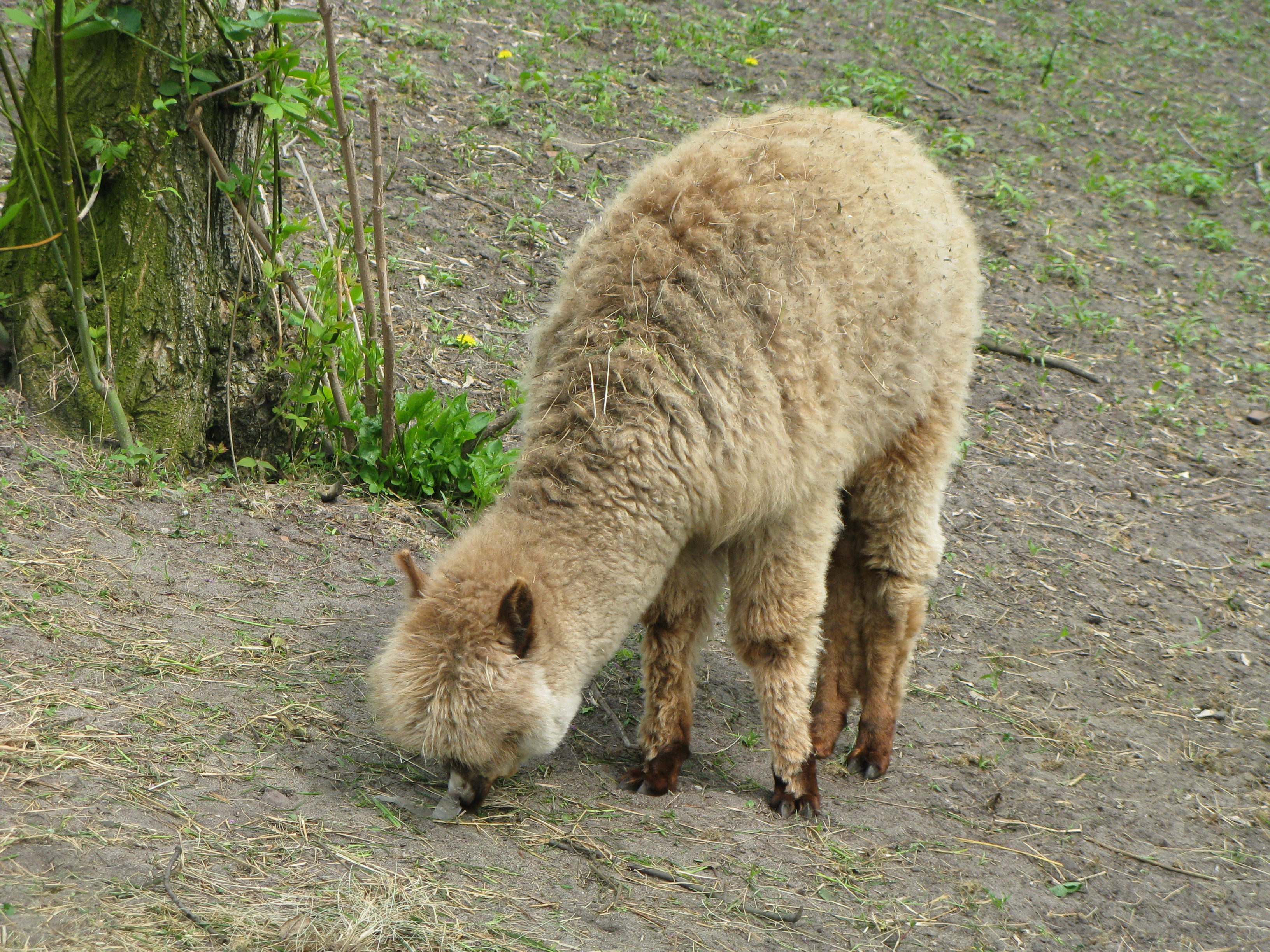
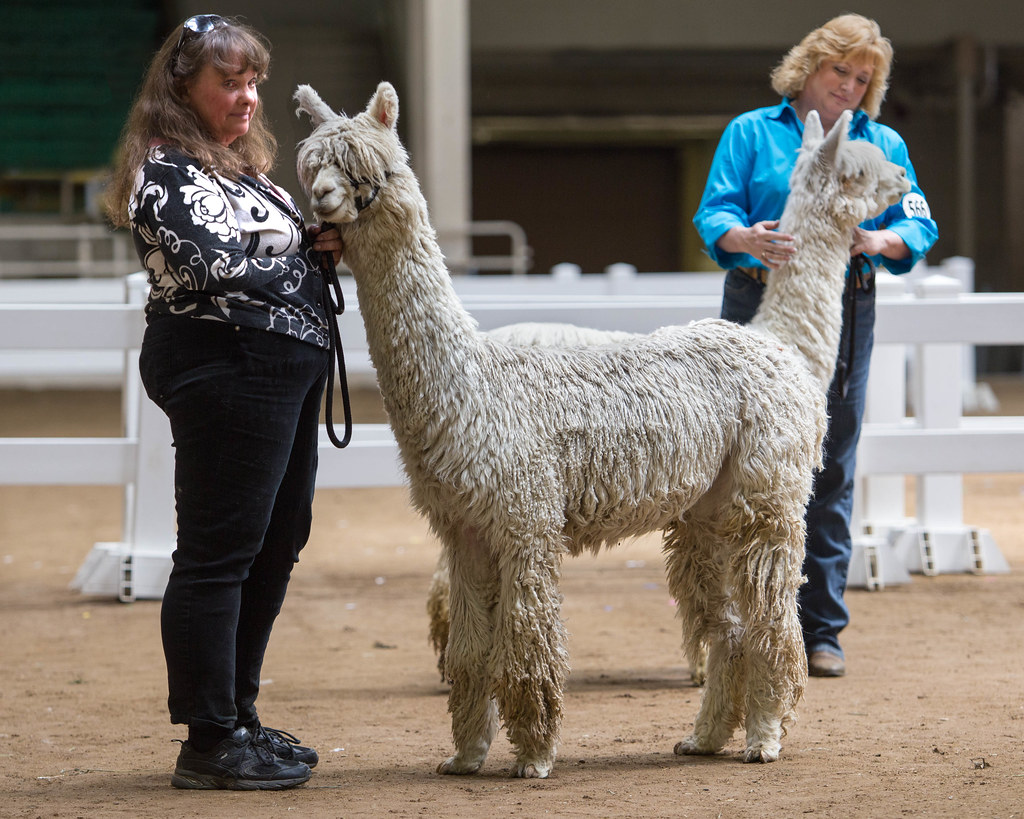
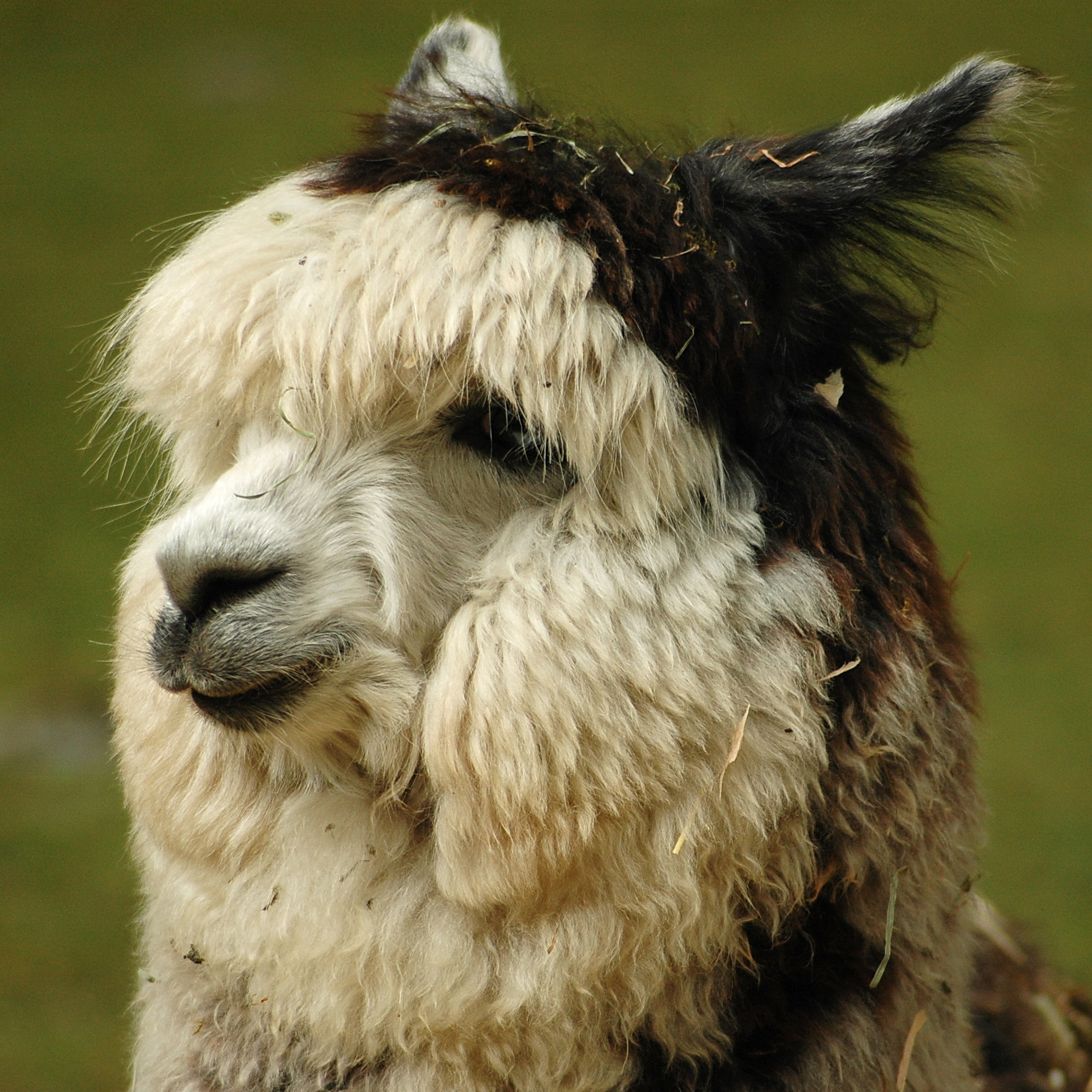
ABOUT HUACAYA
Farmers normally raise Huacaya (pronounced wah-KI-ya) alpacas for their fiber, which is short, dense, crimpy and gives a woolly appearance. Like the Suri alpaca, the Huacaya alpaca is prized for its thick, soft fleece–it’s been known for centuries as “The Fiber of The Gods.” Alpaca fiber offers quality, versatility and rarity; in the fashion world it’s considered to be one of the most exclusive fibers, competing with wool, cashmere and mohair. Alpaca fiber can be used as sheer in the finest silks, to as thick and chunky as tweeds and wool. It dyes easily, makes the warmest batting, the softest felt, spins like a dream, and can be mixed with other fibers to combine textures and beauty. People also raise alpacas for companionship and to enjoy a rural lifestyle.
Additionally, their toenails need to be trimmed every couple of months and the fleeces sheared off once a year.
SCIENTIFIC NAME: Vicugna pacos
DIET: Herbivore
RANGE: South America
HABITAT: Mountains, Urban Areas
VIEWING HINTS: Zoo Atlanta has Huacaya alpacas. Listen closely when you are nearby. You can often hear them vocalizing! They may even come to visit you at the fence.
WHERE THEY LIVE?
The alpaca originated from Peru. They were thought to be domesticated by the Indians of the Andes Mountains. They live in the high mountain foot hills.
Now Vicunga pacos can be found all over South America in Bolivia, Ecuador, and Chile. Because they have been imported for their fleece they can be found in the United States, the United Kingdom, and Australia. They are found all over, because they live on alpaca farms. They are kept as pets and also for their fleece.

Who lives around the alpacas?
There is not a lot of diversity where the alpacas live because of the fact that there is not a lot of oxygen in the high elevations. They live near flamingos, condors, spectaced bears, mountain lions, coyotes, llamas, and sheep. Sometimes alpacas, llamas, and sheep graze together in herds in South America. They all occupy different niches of the habitat. Llamas had the greatest eating rate, second is alpacas, and lastly is sheep. Llamas tend to eat tall, coarse bunchgrasses and low-growing grasses. While Alpacas and sheep tended to graze on low-growing grasses and forbs.